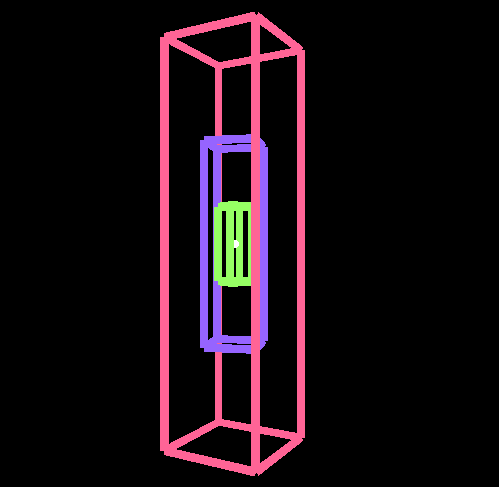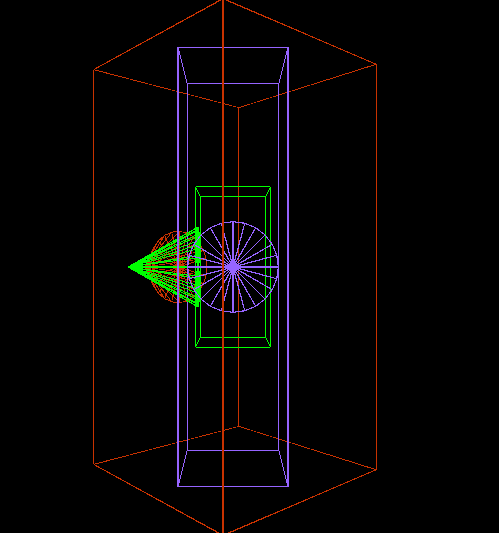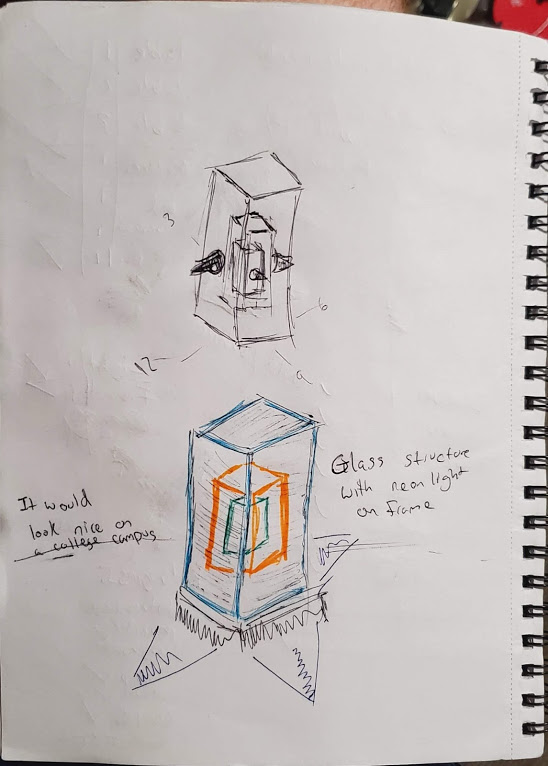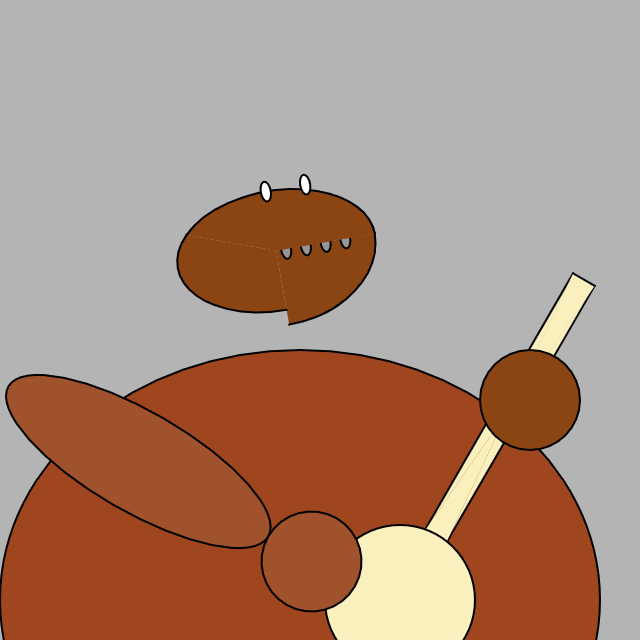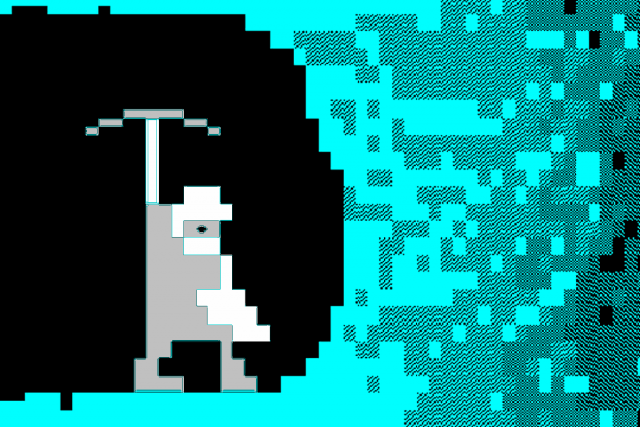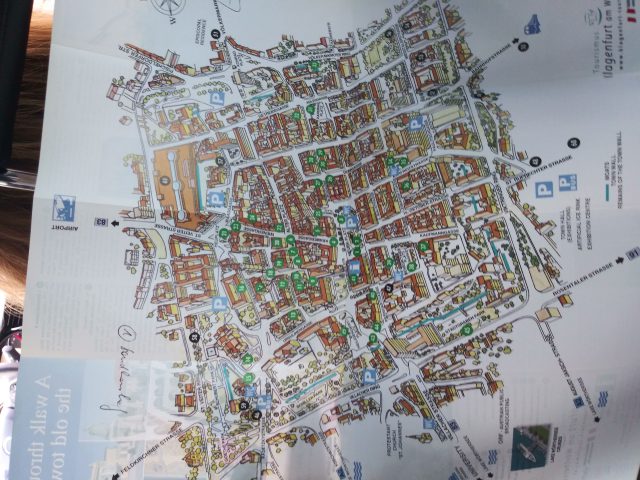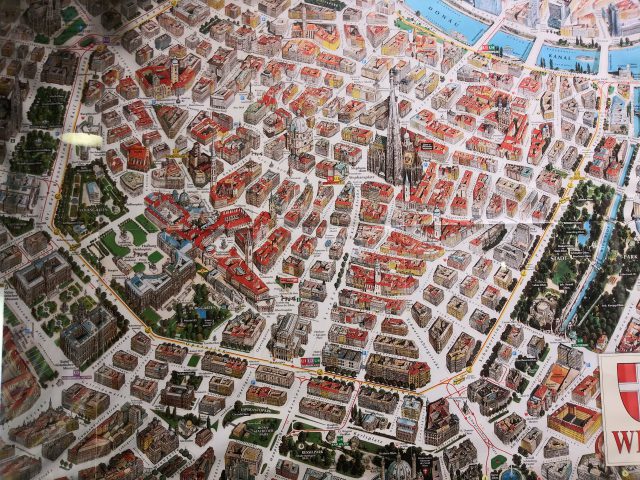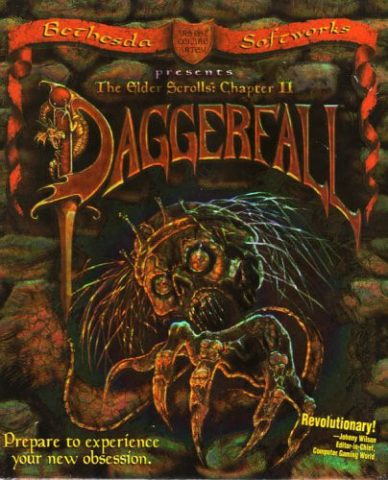I swear, it's a feature not a glitch!!!

https://editor.p5js.org/MoMar/sketches/kvuxymSls
At first, I wanted to use PoseNet's full-body tracking system, but I found it to be unreliable on my machine. Instead, I opted to use the slow, but reliable BRFv4 face tracker. I sketched out a rough idea for transforming the viewer's face into a cartoon character. However, once I started programming it I realized that I was getting outside my scope for this assignment, plus I was running into a lot of glitches and fixing them would be time-consuming.
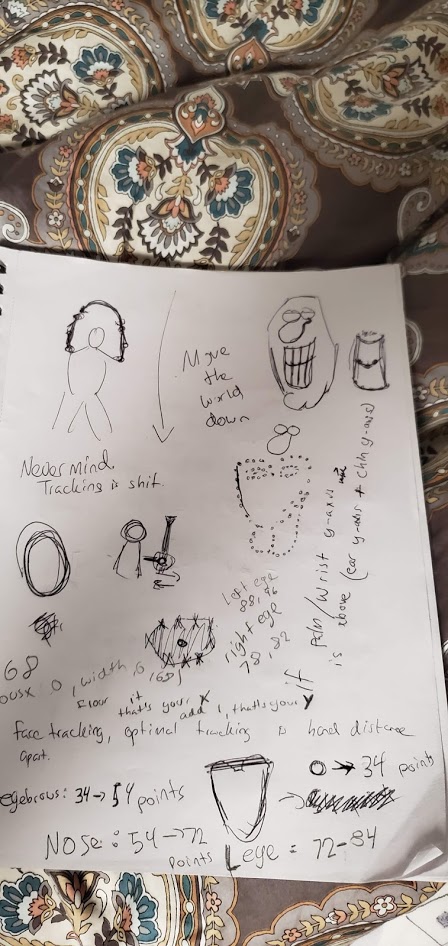
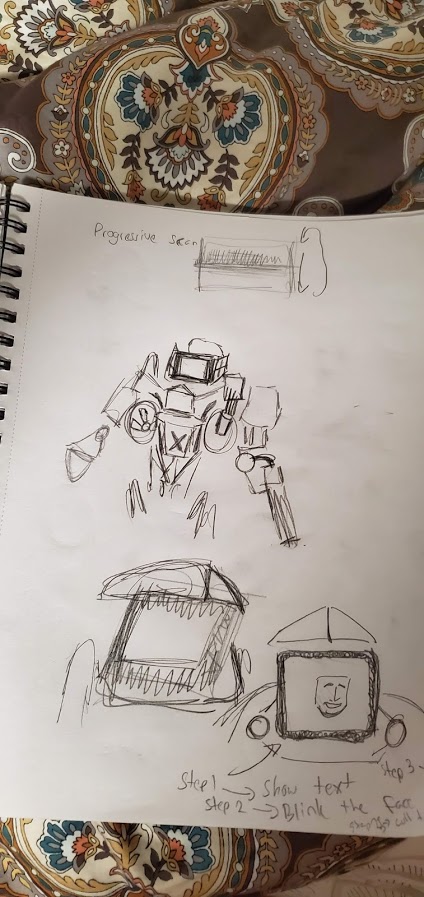
On attempt 2, I wanted to use 3D objects. I sketched out a plan for a low-quality 3D face inside a monitor. Professor Levin taught me how to rotate objects using my facial tracker. Then I imported a 3D monitor that I made from AutoDesk Maya and filled in the face using the vertex () command. For the final touch, when the viewer would open their mouth, the head would give off an audible scream. I took the sound effect from this video and heavily modified it using Audacity.
This was a fun deliverable.

EDIT 9.25.19 11:00PM: I was inspired by Cain from RoboCop 2 (see below).




